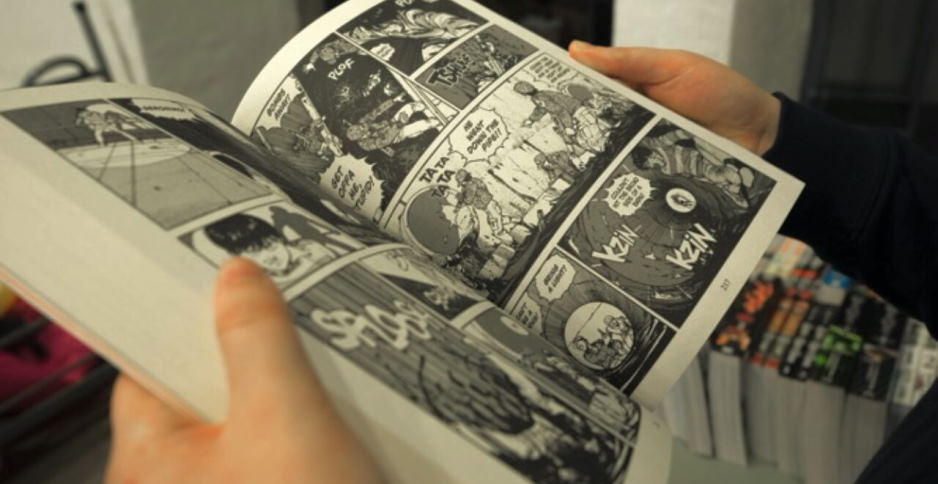Europe is home to some of the world’s most iconic sculptures, from Michelangelo’s David in Florence to Auguste Rodin’s The Thinker in Paris. Each one of these works has a story behind it – often a tragic or inspirational tale that gives us insight into the artist’s life and times. Take a journey through time and discover the secrets behind some of Europe’s most famous sculptures.
Pietà
One of Michelangelo’s most famous works is his Pietà, located in St Peter’s Basilica in Vatican City. This iconic sculpture depicts Mary cradling the dead body of her son Jesus after his crucifixion and it has become a symbol for mothers everywhere who have suffered the loss of a child. Believed to have been created between 1498 and 1499, it was also Michelangelo’s first commission in Rome. The story behind Pietà is that Pope Alexander VI requested it from the artist as his tomb monument, thus inspiring its theme of death and sacrifice.
Auguste Rodin’s The Thinker

In Florence stands Auguste Rodin’s The Thinker, which was famously displayed outside the Palazzo della Signoria in 1882. This iconic work is intended to represent the power of thought and introspection, with the figure deep in contemplation. Rodin composed this sculpture using a range of poses and postures from his previous works and it has since become one of his most recognizable pieces. The sculpture has many interpretations, with some believing it to be a representation of Dante Alighieri or even Rodin himself in deep thought.
Eros
The bronze sculpture of Eros Sleeping is located in Piccadilly Circus in London and dates back to 1893. This elegant piece was created by British sculptor Alfred Gilbert as a memorial to the philanthropist and politician Lord Shaftesbury. It is a symbol of love and compassion, with the figure of Eros resting peacefully on a marble plinth. It was originally displayed in Windmill Street near Leicester Square but was moved to its current location in Piccadilly Circus in 1925.
These are just some of the incredible stories behind Europe’s famous sculptures. Each one is a testament to the beauty and skill of its creator, as well as providing us with an insight into history and the times in which it was created. So take some time to explore Europe’s iconic sculptures – you never know what secrets they may yield.








